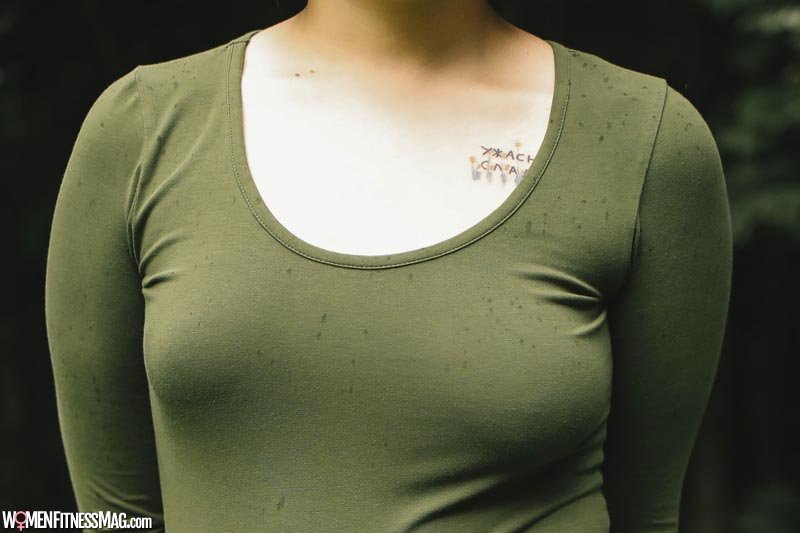Marked Improvements in DIEP Flap Breast Reconstruction Procedures : Breast reconstruction is performed to recreate one or both breasts after mastectomy, typically due to a cancer diagnosis. While there are many different reconstruction techniques used, one of the best known is flap reconstruction, and the DIEP flap is a common choice.
What Is a DIEP Flap Procedure?
The DIEP flap procedure is performed by a plastic surgeon by removing tissue from the abdomen to create a breast. This procedure is mainly reconstructive and involves placing skin and fat on the chest without affecting abdominal tissue (the 6-pack muscle). The surgeon closes the abdominal incision in much the same way as when performing an abdominoplasty or tummy tuck.
The Benefits of a DIEP Flap Breast Reconstruction.
The DIEP flap breast reconstruction procedure has advanced over the last few years. The most advanced technique leaves the abdominal muscles intact, and incisions are on the lower abdomen leaving minimal scarring undergarments that can conceal that.
More benefits of the DIEP flap procedure include the following:
- The result is a natural-looking breast that feels as real as it looks.
- The new breasts can be larger if the woman has sufficient abdominal tissue.
- The body will not reject the new breast tissue since it’s from your body.
- The new breast ages more like a real breast.
- The results of the DIEP flap procedure are long lasting.
- The removed skin and fat leave the stomach contoured.
Does Insurance Cover a DIEP Flap Procedure?
Some insurance policies will cover the cost of a DIEP flap because it is usually a result of an illness like breast cancer. If your insurance company does not cover this procedure, you can agree on a financing option with a medical lender.
Who Is a Good Candidate for the DIEP Flap Procedure?
Breast cancer survivors are the most common patients for this procedure. Suppose you would like this procedure but still have radiation therapy scheduled to fight cancer. That should not be an issue because your tissue tolerates the effects of radiation well. Unfortunately, very thin people or people who have already had an abdominoplasty may not have much success because they would have no skin and fat to work with.
What to Expect During a DIEP Flap Procedure
A DIEP flap procedure can be done in several stages. The first stage can be done while you go for your mastectomy to remove infected tissue. If you have radiation therapy scheduled, it is better to place tissue expanders at the first stage. Once the radiation therapy is complete, you can proceed with the second stage. This usually takes about six months for your body to heal from radiation.
A one-sided DIEP flap procedure usually takes around four to six hours. The patient is expected to stay in the hospital for a few days for observation, and a full recovery should take about six to eight weeks. Most patients will schedule subsequent procedures to create a nipple and refine the results of the DIEP flap.
DIEP Flap Q&A
How long does it take to recover from a DIEP flap breast reconstruction?
Patients can get up and walk around the day after the procedure and then gradually ease into regular life. Daily routines are back to normal within the first month or so. Full recovery can take two to three months.
How is a DIEP flap different from a free TRAM?
A DIEP flap harvests tissue and fat from the woman’s lower abdomen to reconstruct the breast. A free tram procedure harvests tissue from the same area but also harvests the underlying muscles risking a hernia and abdominal weakness. Most surgeons avoid taking too much muscle tissue but consider it necessary to establish good blood flow for the harvested tissue.
What are the risks associated with a DIEP flap procedure?
A DIEP flap procedure includes reconstructing blood vessels for optimal blood flow at the implant site. Even with the best plastic surgeon, there is a chance you can still develop blood clots. Blood clots would stop blood flow to the transplanted tissue, causing flap failure. Bleeding and infection after the procedure is also a common risk that can be easily fixed.
Some women will experience a hernia or weakness around the area if muscle tissue is taken from the abdomen. This can be corrected using exercise and follow-up medical attention. Most doctors have all the risks at the back of their minds and do everything in their power to avoid the risks happening, which is why you should always follow the doctor’s directions.
All risks can be avoided if the patient follows the doctor’s instructions and takes medication on time.
Do I need a DIEP flap breast reconstruction procedure?
If you have missing breast tissue from illness or accident, you are an eligible candidate for the procedure. Consult your trusted plastic surgeon for further advice.
Related Videos about Marked Improvements in DIEP Flap Breast Reconstruction Procedures :
Marked Improvements in DIEP Flap Breast Reconstruction Procedures
which of the following procedures could be coded with a breast reconstruction with free flap, free flap breast reconstruction, diep flap complications years later, latissimus dorsi flap breast reconstruction problems years later, free flap reconstruction oral cancer, new breast reconstruction techniques, breast reconstruction with free flap cpt code, diep breast reconstruction,




